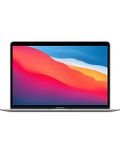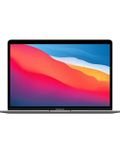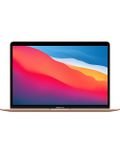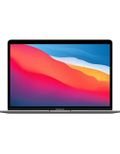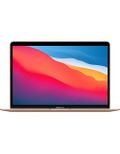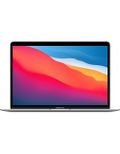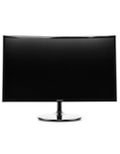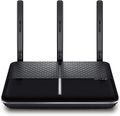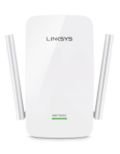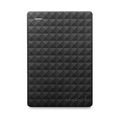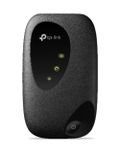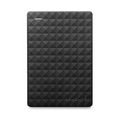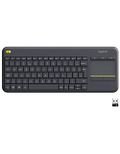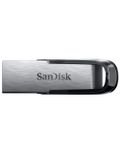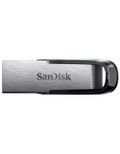Differences between USBs and External Hard Drives
What are the differences between USB’s and external hard drives? Which is more suitable for your use?
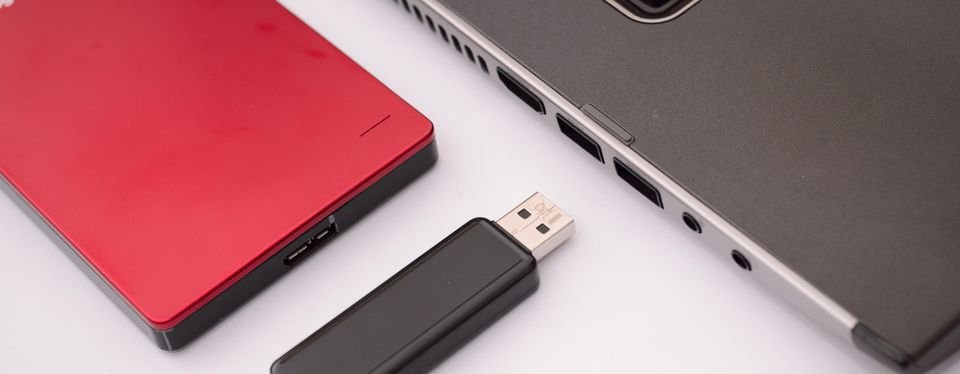
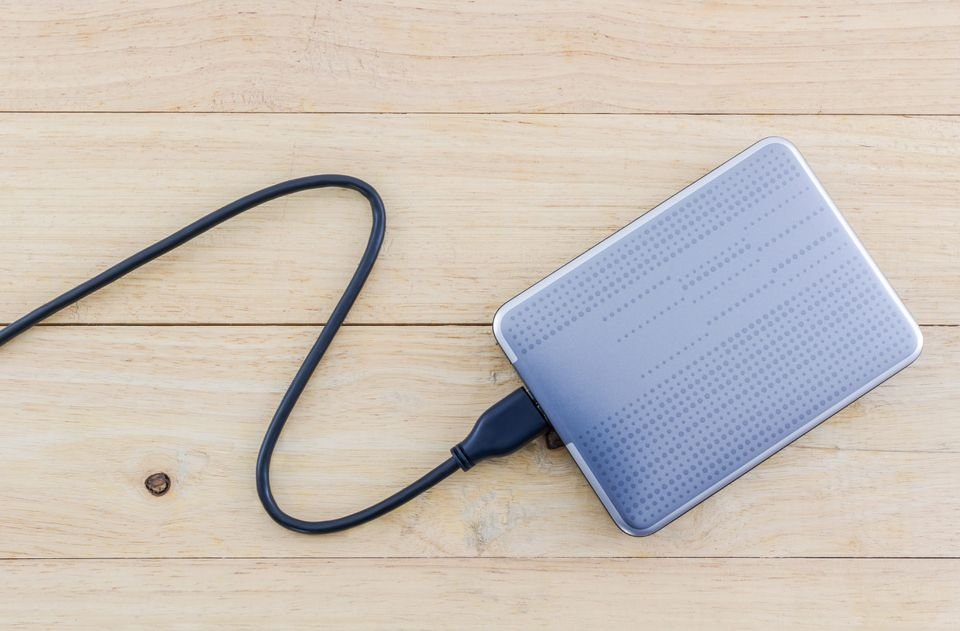
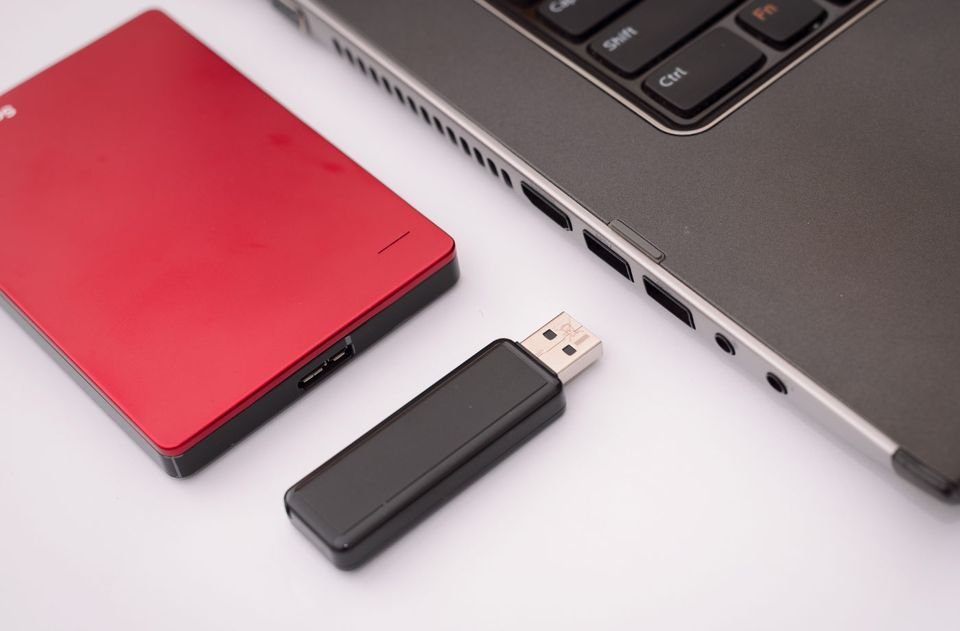

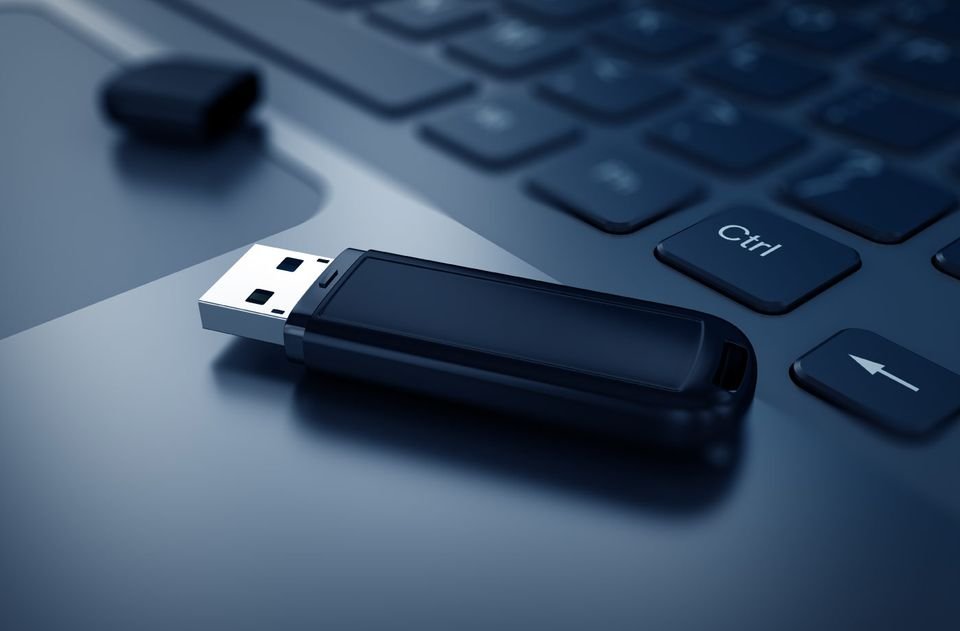
USB flash drives and External hard drives perform the same tasks like transfer data and save files! However, there are some differences between them, and so one might wonder which one is more suitable to own, and which will be more useful to carry on tasks?
Labeb.com is going to carry the comparison between the two products, but the final decision will ultimately be yours: the user! Therefore, there are a couple of features and specifications that you need to check before making a purchase.
Computer tasks have evolved and improved over the years and so users started to develop a need for more storage! Either to save data for a long period of time or to edit later on! Naturally, our daily tasks now require us to transfer data between different devices and so having a USB or hard drive became a necessary thing.
Buying a device nowadays requires much attention and enough information to make sure the device you are purchasing can carry the tasks you want in the most efficient way! Hence, we at Labeb.com will always bring you the information you need to make a wise decision!
All computers have hard disks and they can store data, but that does not mean that it has enough space to save everything or that you can easily transfer files from and to them! Having a USB or a hard drive will provide you with more storage and easier data transfer.
Before listing the major differences between the two devices, we will begin by describing the two below:
External Hard Drive

External hard drives are considered one of the most important storage and transfer devices. It has almost the same mechanism, structure, and design of a computer hard disk, with the difference being in the outer cover. Companies manufacturing hard drives cover the device with a strong plastic layer to protect it and it has a USB port enabling users to connect it to a computer.
Hard drives can operate on all the powering systems on computers and laptops (Windows & Mac). Its storage capacity ranges between 150 gigabytes and 1 terabyte. Nonetheless, companies are still improving them to increase their storage capacity.
Large storage capacity is suitable when you want to backup a large amount of data from your computer, or archiving and saving large files especially for people working in the information technology sector. Working in this industry requires saving and backing up files and data constantly in case of damages.
USB Flash Drive

USB flash drive, or flash memory, is categorized by its small size and performing tasks like transferring data and saving it. It is basically a small device that can be connected to a computer through a USB port. Its storage capacity ranges between 500 megabytes and 128 gigabytes, and it is still getting improved to reach 1 terabyte and maybe more after some years.
The USB’s performance changes after a certain number of usage (copying and deleting data on it), but as we mentioned before, it is highly desirable because of its size and low prices (when compared to external hard drives).
USB’s are operable on all powering systems (on laptops and personal computers), and even some new cars. Because of its small size, it can be placed on a key chain and in pockets.
After this brief introduction to these devices, and for a practical comparison, we will now list the important specifications and the variations between USBs and External hard drives.
Capacity and Performance
There are different models and designs of the two storage devices in the market and both are available in large quantities causing users to be puzzled when choosing one!
External hard drives are available in different capacities, and as logic has it, the larger the capacity, the more expensive it gets! The capacity of hard drives ranges between 120 gigabytes and 2 terabytes at this moment. The most common and widespread drives have a capacity between 500 gigabytes and 1 terabyte.
USB’s are also available in many different storage capacities starting with 2 gigabytes and all the way to 1 terabyte. The most common USB’s now are the ones with a capacity of 32 gigabytes.
When it comes to their standards, both devices are categorized as fragmented memory devices; meaning the memory is divided to store data (commonly known for people working in computer science and information technology industries)
External hard drives are commonly faster than flash memories, and they do not get affected by the number of times data is edited (number of deletions and copying). USB’s commonly have a limited timespan; meaning their performance will decrease after a predefined usage amount.
Design, Shape, and Sturdiness
Sizes of external hard drives and flash memories differ from one model to another, as there are more than one manufacturing company. However, the average size of external drives is 15.2x10.2x2.5 centimeters, and the average size of USB’s is 1.3x0.6x3.8 centimeters.
External hard drives are considered sturdier than USB Flash memories, heavier, and can withstand more bumps; that does not mean that it cannot be damaged or broken when it is roughly hit or dropped! The data can be retrieved if the break does not happen internally!
USB memories are lighter but can easily break since there is no tough outer layer to protect it (the reason behind its light weight)!
Summary
External hard drives are more expensive than USB drives but that is because they generally have a bigger storage capacity.
Even though external drives and USBs perform similar tasks, you need to choose what is more suitable for you!
If you have a large amount of data you need to save or transfer between devices, or if you want to create a backup of the information on your computer or laptop, then you will certainly need an external hard drive. If you need less storage and easier access (because of the device’s size) to copy files or listen to songs in your car, then a USB will be more suitable.
What is important is to choose what you need and more suitable with the tasks you want to carry. Find the balance between your needs and budget, and we guarantee you will make the wise decision.
Be smart and wise before making a purchase!
- [[PropertyDescription]] [[PropertyValue]]

